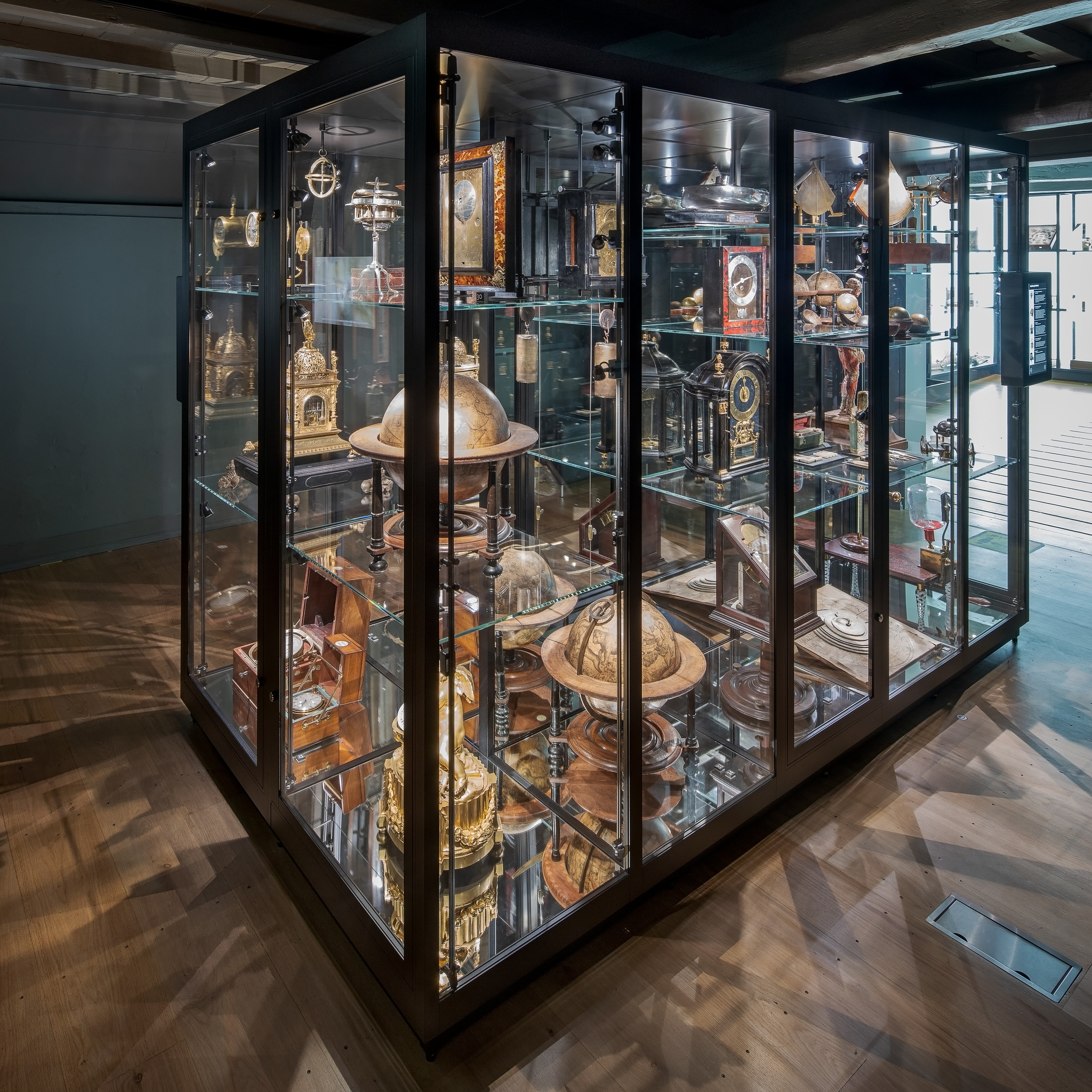Showcase Story 5 - The Zuylenburgh Collection
Poland, October 1543. The Catholic clergyman Nicolaus Copernicus publishes the book "On the Revolutions of the Celestial Spheres." In it, he proposes that the Earth is not the center of the universe, but rather the planets revolve around the sun...
Copernicus looks at the world differently. Not from a philosophical standpoint with vague assumptions and invisible forces; he wants, like some of his predecessors, to explain things with an elegant model. However, not everyone agrees with him. In fact, because his theory contradicts the teachings of the Church, his writing appears on the Index of Forbidden Books in 1616.
In the 17th century, Copernicus receives support from other sources. Johannes Kepler supplements Copernicus' ideas, and Galileo Galilei discovers ways to gain insight into the solar system through mathematics and experiments. Over the years, Copernicus' view of the cosmos transforms into the heliocentric system.
Mighty Collections
To this day, "On the Revolutions of the Celestial Spheres" is seen by many as the starting point of the scientific revolution, in which many other luminaries played a role later on. William Harvey, Jan van Helmont, René Descartes, Isaac Beeckman, Isaac Newton, Antoni van Leeuwenhoek, and so on.
"From a purely scientific point of view, the vacuum pump of Isaac Newton's assistant Francis Hauksbee is truly remarkable."
The permanent exhibition "Mighty Collections" at the Boerhaave Museum showcases the remarkable developments during this revolution. The objects tell the story of the heyday of experimentation, collecting, cataloging, and describing. In one of the newly arranged rooms, visitors can learn all about the eponymous figure Herman Boerhaave (1668-1738). He was a famous professor of medicine and was responsible for the influx of numerous foreign medical students almost single-handedly.
"In another room, there is one large showcase containing 55 objects from the prestigious Zuylenburgh Collection, the life's work of collector Bert Degenaar," says Tim Huisman, curator of the museum. "Bert is known, among other things, from the television program 'Van onschatbare waarde' (Of Inestimable Value). He has helped the museum before, for example, with a super rare microscope by Antoni van Leeuwenhoek, and is therefore invaluable to us. What does Zuylenburgh refer to? It is the name of Bert's residence, a beautiful monumental house located on the Vecht River."

Masterpieces
Behind the glass, there are instruments from the 17th, 18th, and even the 19th century that were important for science after Copernicus's time. Among them are several absolute masterpieces. "My favorite is the pendulum clock from 1675," says Tim. "The pendulum mechanism, an invention by Christiaan Huygens, not only helped with more accurate observations, but the clock also quickly became a status symbol for the elite. It's not surprising, as it is gilded and richly adorned with countless small sculptures and windows—it's truly magnificent. And then there is a remarkable piece: a clock with a balance spring. This is also an invention by Huygens, developed in his search for a pendulum clock that would work at sea. This clock was presumably made by Isaac Thuret, a clockmaker with whom Huygens collaborated."
"The showcase is centrally positioned in the room, from floor to ceiling, making it almost an architectural element."
"From a purely scientific point of view, the vacuum pump of Isaac Newton's assistant Francis Hauksbee is particularly remarkable," adds the curator. "It was used in the early 18th century for chemical and electrical experiments. Also noteworthy are the ship's clocks, resistant to fluctuations, and achromatic telescopes and microscopes, which improved the quality of observation. But really, everything in Bert's collection is noteworthy."
Showcasing with a Capital 'P'
According to Tim, the way the instruments are presented makes them even more special. He is more than happy with SDB's showcase, designed by OPERA Amsterdam. "The showcase is centrally positioned in the room and extends from floor to ceiling," he explains. "As a result, it becomes almost an architectural element. An interesting detail: mirrors are incorporated into the core and the floor. This creates an illusion of seeing more than what is actually inside. It also adds a lot of bling-bling to the experience, as there are quite a few shiny pieces made of brass and silver, for example. Yes, this is truly showcasing with a capital 'P'!"
Behind every object in a showcase lies a remarkable story. The showpiece has earned its place behind the glass for a reason. We tell these historical, thrilling, and captivating stories in the Showcase Story section.
Do you have a Showcase Story worth savoring? Let us know at [email protected]










